The Maya civilization, which thrived in Mesoamerica from approximately 2000 BCE to 1500 CE, had a deep understanding of the natural world and a profound connection to the spiritual realm.
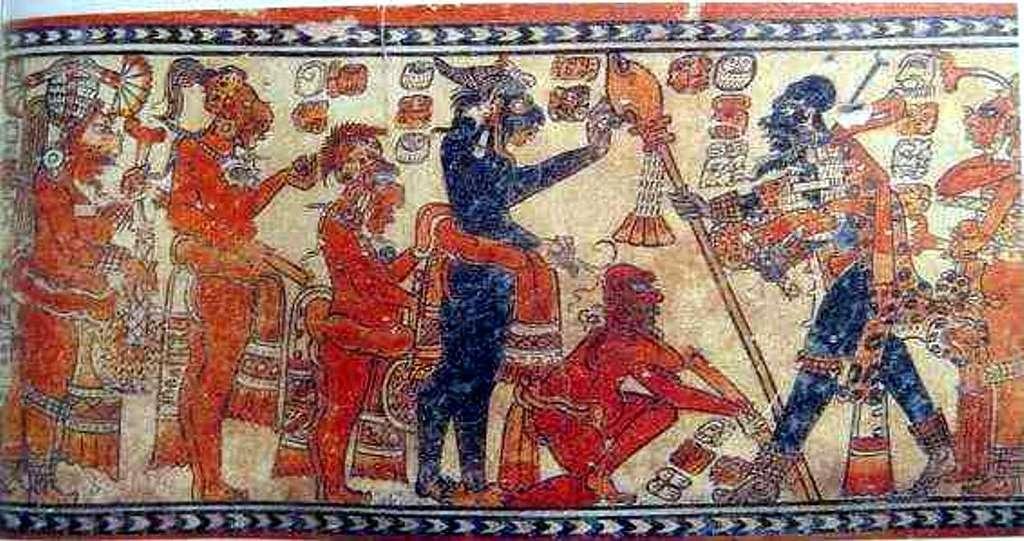
Wikimedia Commons, Public domain
Their ritual drug habits were intricately woven into their religious practices and played a central role in their ceremonies and rituals. These substances were considered sacred and were used to facilitate communication with the divine, gain spiritual insights, and connect with the supernatural.
Hallucinogenic Plants
One of the most notable ritual drugs used by the Maya was a hallucinogenic plant called peyote (Lophophora williamsii). Peyote is a small, spineless cactus that contains the psychoactive compound mescaline.
The Maya used peyote in their religious rituals to communicate with the spirit world and seek divine guidance.
Peyote was considered a sacred plant among the Maya, and its use was highly ritualized. It was often consumed in the form of a beverage or dried and chewed. The consumption of peyote was typically part of a larger ceremonial context, which included chanting, music, dance, and other rituals.
The effects of mescaline in peyote induce altered states of consciousness, characterized by vivid hallucinations, sensory enhancement, and a sense of connection to the divine.
The Maya believed that during these altered states, they could receive divine messages, seek spiritual guidance, and engage in transformative experiences.
Shamans or religious leaders were often responsible for guiding the peyote rituals. They acted as intermediaries between the human and spiritual realms, helping individuals navigate their experiences and interpret the messages received.
Peyote rituals were performed in specially designated spaces such as temples or ceremonial centers. These rituals were an integral part of Maya religious life and were conducted to maintain harmony with the natural world, seek healing, and ensure the well-being of the community.
It’s important to note that the use of peyote in Maya rituals was not exclusive to the Maya civilization alone. Peyote has a long history of use among various indigenous cultures in Mesoamerica and North America, and it continues to be used ceremonially by some indigenous communities today.
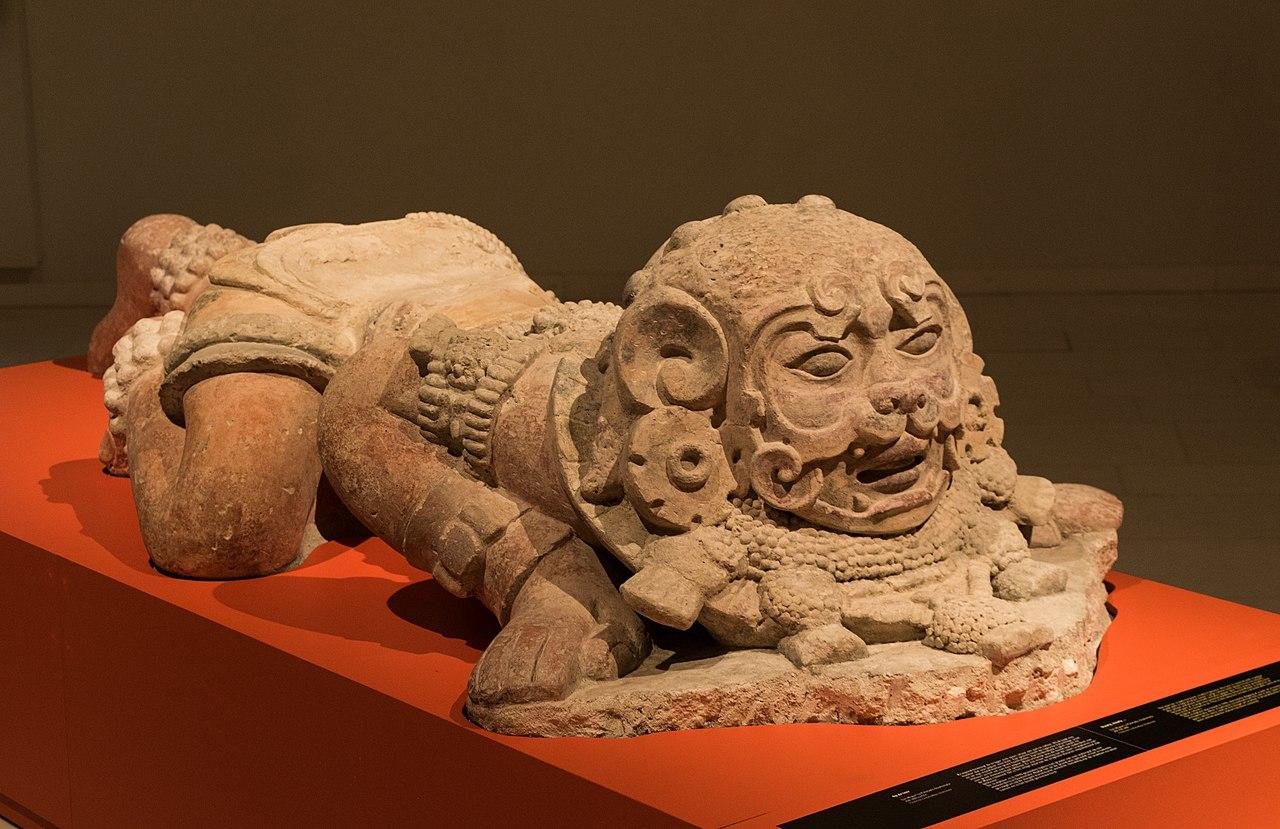
Tobacco
Another important substance in Maya ritual practices was tobacco (Nicotiana tabacum). Tobacco was considered sacred and was used for its psychoactive effects and as an offering to the gods.
The Maya believed that tobacco had the power to connect them with the spiritual realm and facilitate communication with the divine. It was seen as a conduit for prayers and offerings to reach the gods and spirits. The act of smoking tobacco was considered a sacred ritual in itself, allowing individuals to enter a heightened state of awareness and establish a connection with the spiritual world.
The Maya smoked tobacco in pipes or rolled it into cigars during religious ceremonies and rituals. Tobacco smoke was seen as a means to purify the ceremonial space and participants, creating a sacred atmosphere for spiritual interactions.
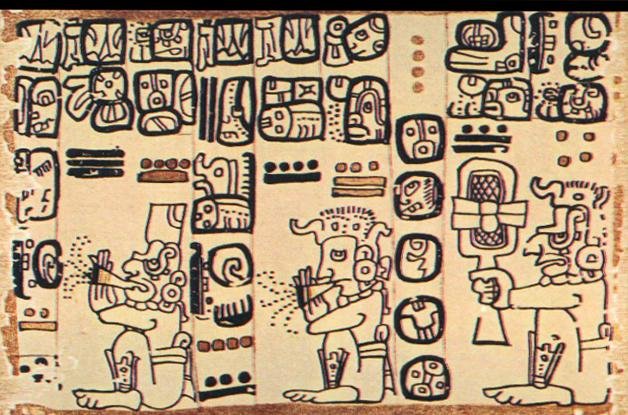
The Maya used tobacco not only as a means of communication but also for its psychoactive effects.
Furthermore, tobacco was used in various forms of divination and healing practices among the Maya. It was sometimes ingested or used in enemas for its medicinal properties, believed to alleviate physical ailments and promote spiritual well-being.
Other Plants
The Maya also utilized a range of other plants and substances for their ritual practices. Morning glory seeds (Ipomoea spp.) were used by the Maya for their hallucinogenic properties. These seeds contain lysergic acid amide, a precursor to LSD, and were consumed to induce altered states of consciousness and spiritual visions.
They also utilized the seeds of the jimsonweed plant (Datura spp.), which contain potent deliriant compounds. These seeds were ingested or used in ointments for their hallucinogenic effects during rituals and shamanic practices.
Hallucinogenic Mushrooms
The use of hallucinogenic mushrooms in Maya culture is a topic of debate among researchers, and the historical evidence regarding their specific use is limited. While there are suggestions and theories regarding the presence of hallucinogenic mushrooms in Maya culture, it is important to note that concrete evidence is not as prevalent compared to other substances such as peyote or tobacco.
Some scholars hypothesize that certain species of mushrooms containing psilocybin, a psychoactive compound, may have been used in Maya rituals. Psilocybin mushrooms have been found in Mesoamerica, the region where the Maya civilization flourished. These mushrooms are known to induce altered states of consciousness, visions, and spiritual experiences.
One of the main pieces of evidence supporting the use of hallucinogenic mushrooms among the Maya comes from Maya artwork, specifically murals, and pottery. Depictions of mushroom-shaped objects, often associated with deities or ceremonial scenes, have been found at archaeological sites. These depictions suggest a potential cultural significance or symbolism attributed to mushrooms in Maya iconography.
It is worth noting that mushroom rituals and ceremonies are prevalent in other indigenous cultures of Mesoamerica, such as the Zapotecs and Mixtecs. These cultures have a long-standing history of using hallucinogenic mushrooms for spiritual and healing purposes. The cultural practices of neighboring societies may provide some context for understanding the potential role of hallucinogenic mushrooms in Maya culture.
Alcoholic Beverages
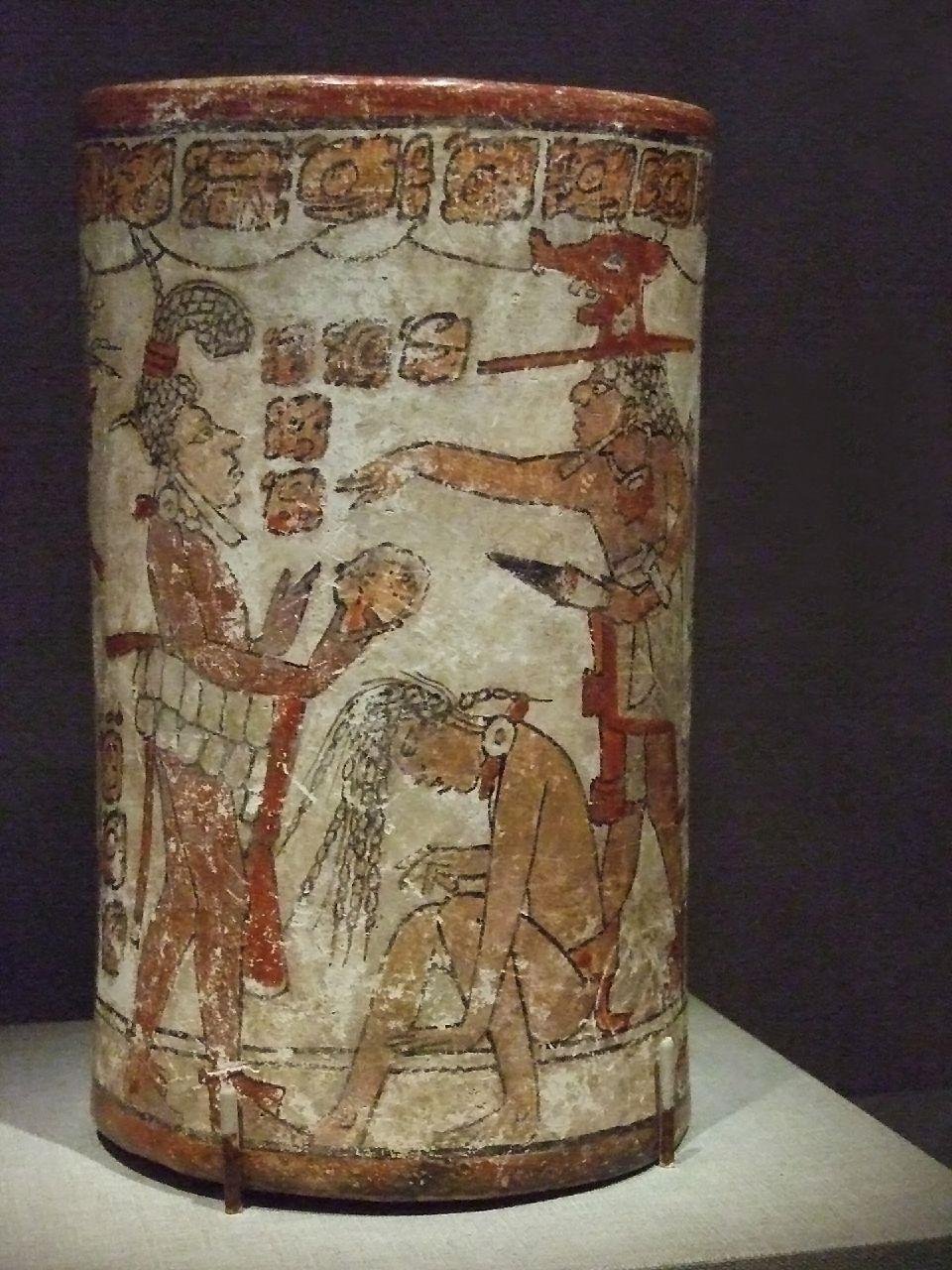
Alcoholic beverages were also an integral part of Maya rituals. The Maya had a strong tradition of consuming alcoholic beverages, such as balché, a fermented drink made from the bark of a tree. These alcoholic beverages were often consumed during religious festivals and social gatherings and were believed to facilitate communication with the spiritual realm.
The preparation of balché involved soaking the bark of the balché tree in water, allowing it to ferment naturally. The resulting beverage had a mildly intoxicating effect. During rituals, participants would drink balché in ceremonial cups or vessels, often accompanied by chants, prayers, and dances. It was believed that the consumption of balché helped establish a connection between the physical and spiritual realms, allowing individuals to interact with the gods and ancestors.
Apart from balché, other alcoholic beverages were also present in Maya rituals. These included fermented fruit juices and honey wines. The consumption of alcohol played a role in fostering social cohesion, strengthening community bonds, and enhancing the religious experience.
Natural Materials
In addition to the specific plants and substances mentioned earlier, the Maya also used other natural materials in their rituals. For example, they burned copal resin as incense to purify the ceremonial space and create a sacred atmosphere. The smoke was believed to carry prayers and offerings to the gods.
Drug Enema
Enemas were a part of ancient Maya culture and were used for medicinal and ritualistic purposes. The Maya practiced the administration of liquids rectally for various reasons, including healing, purging, and spiritual cleansing.
In terms of healing, enemas were used to treat a variety of conditions such as digestive disorders, constipation, parasites, and fever. Enemas also held a spiritual and ritualistic significance for the Maya. They were believed to cleanse not only the physical body but also the spiritual and energetic aspects. Enemas were employed as part of purification rituals, particularly before important ceremonies or religious events. These rituals aimed to rid the body of impurities and prepare individuals for spiritual experiences and interactions with the divine.
The administration of enemas was typically performed by specialized individuals, such as healers, shamans, or priests who possessed the necessary knowledge and expertise. They would use specialized tools, such as syringes made from gourd or bone, to deliver the liquid into the rectum.
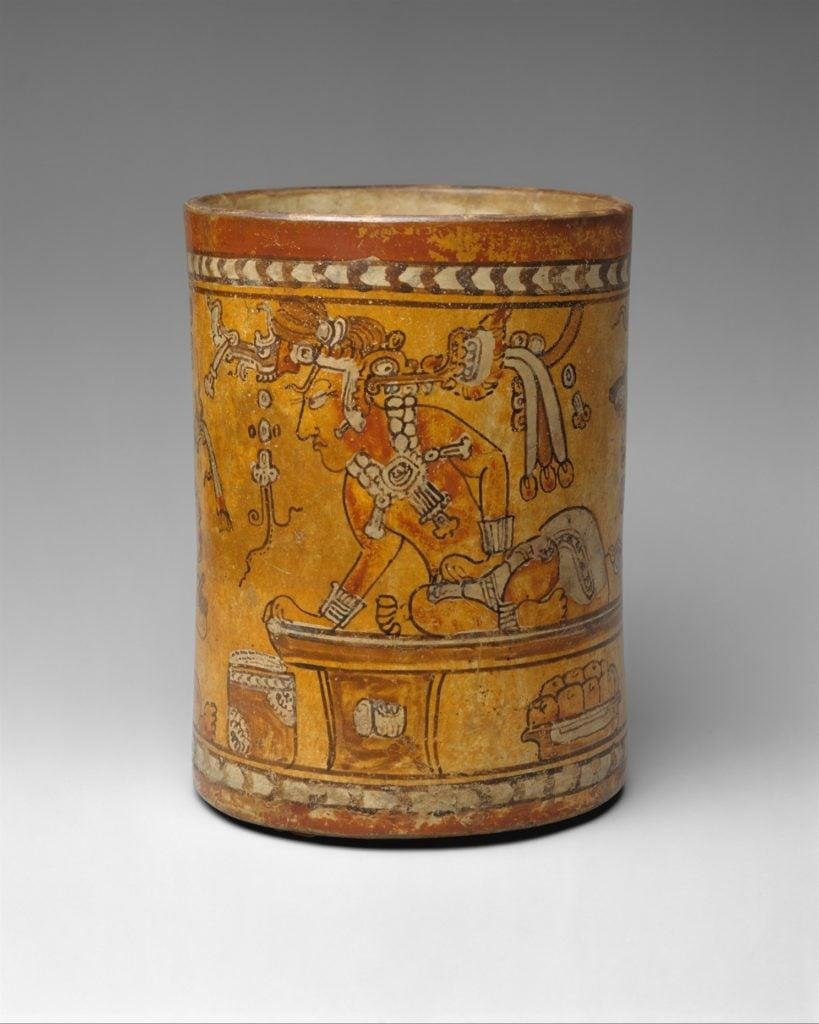
The Maya believed that consuming ritual drugs allowed them to transcend ordinary consciousness and enter altered states of awareness where they could commune with gods, ancestors, and other spiritual beings. The use of these substances was often guided by experienced shamans or priests who acted as intermediaries between the human and spiritual realms.
The rituals involving these drugs were highly structured and followed precise protocols. They were often performed in elaborately decorated temples or sacred spaces. The Maya believed that these rituals maintained cosmic order and harmony and ensured the well-being of their communities.























